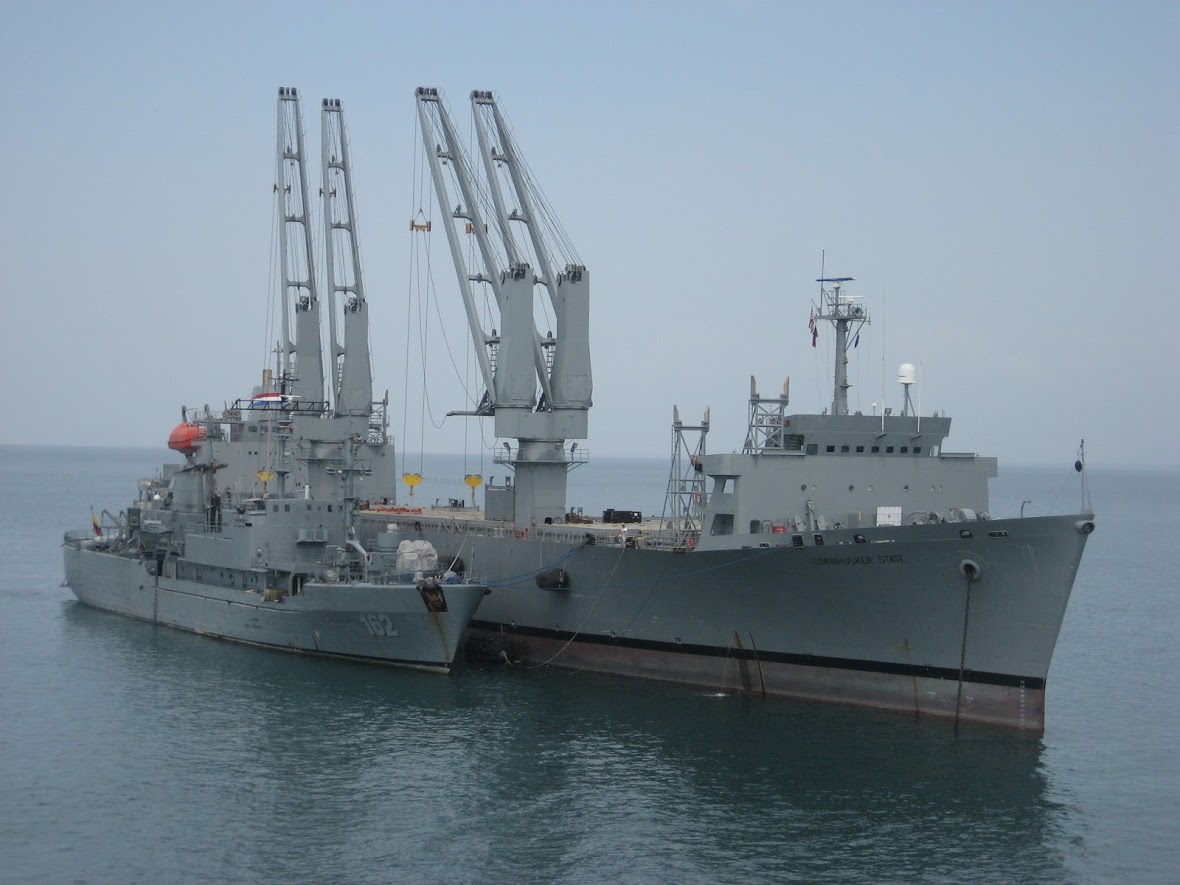
NATIONAL HARBOR, Md. – The Maritime Administration’s Ready Reserve Force is still as small and perhaps less ready than this time last year, when a top MARAD official said the RRF was “on the ragged edge” of readiness.
Asked about those comments today at the Navy League’s annual Sea Air Space conference, MARAD Administrator Mark Buzby said “I could say the same statement again this year, I’m afraid.”
“We have not, in terms of actual numbers, gotten any help” since last year, he continued.
“We still have about 81 U.S.-flagged international trading vessels in the world today. We still have 60 (of those ships) in the Maritime Security Program. We still have our 46 Ready Reserve Force ships plus 15 Military Sealift Command operates. The thing that has changed a little bit is the readiness of those ships has slipped even just a little bit more since it was last year. Manning-wise, we’re about the same: we believe we have an 1,800 or so mariner shortfall for a prolonged sealift effort. But really things aren’t going to get markedly better until we start getting more ships online and some newer ships online.”
Buzby did note that, as compared to last year, there is a plan in place with lawmakers to address these readiness challenges for the fleet that would be primarily responsible for flowing in Army and Air Force gear and other supplies in the case of a major war effort or other contingency. The average age of the ships is 44 years old, and half of them are steam ships.
Buzby said Congress has laid out a three-pronged path to regain readiness: some existing Ready Reserve Force ships will have their lives extended out to 60 years, with the Navy upgrading some of their obsolete systems to help them continue to serve for another decade or two; MARAD and U.S. Transportation Command will buy used ships that are somewhat newer than the oldest current RRF ships and make minor adjustments so they can meet military sealift needs; and Congress will fund the construction of new ships.
“As you all know, the Navy has a pretty large order of (new ships) and a lot of plans for building a lot of ships, and we have to kind of prioritize properly where our sealift should fit into that,” Buzby said, referring to budget and industry constraints. He added he was working with the chief of naval operations to discuss what the right kind of ship to build would be, how many to buy, and when to buy them.
Despite the readiness challenges that remain today, “we’re moving in the right direction and we have the plans in place to get us there.”





